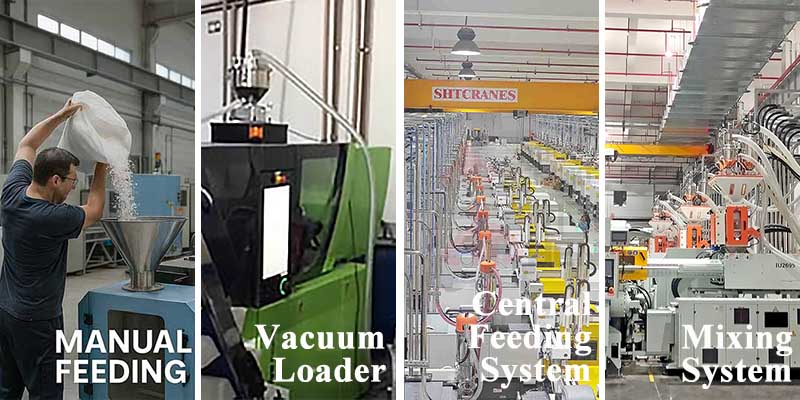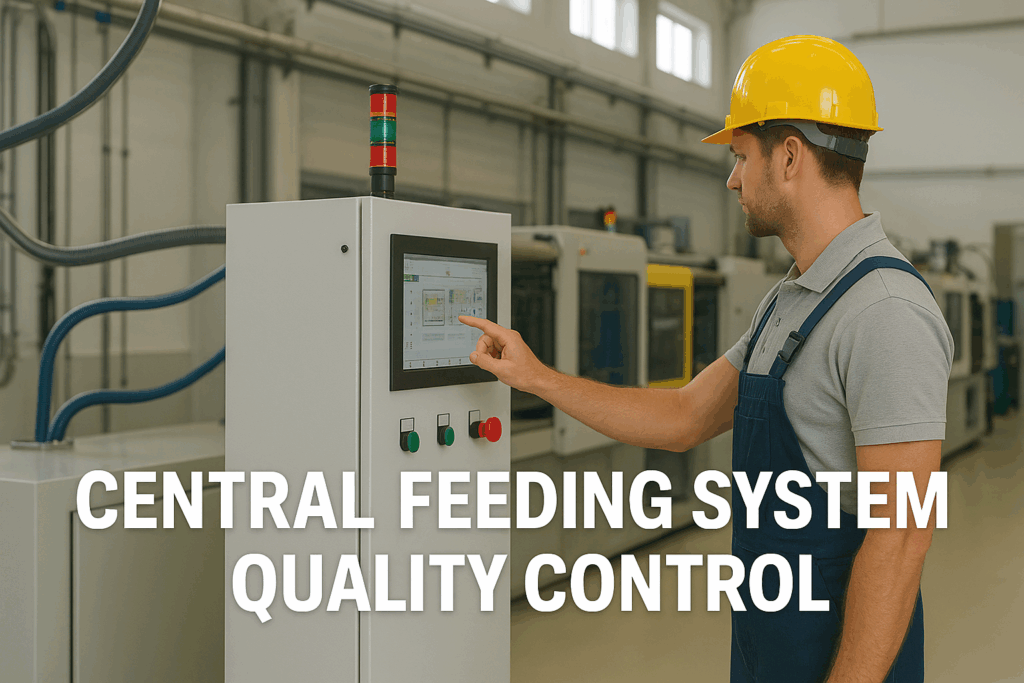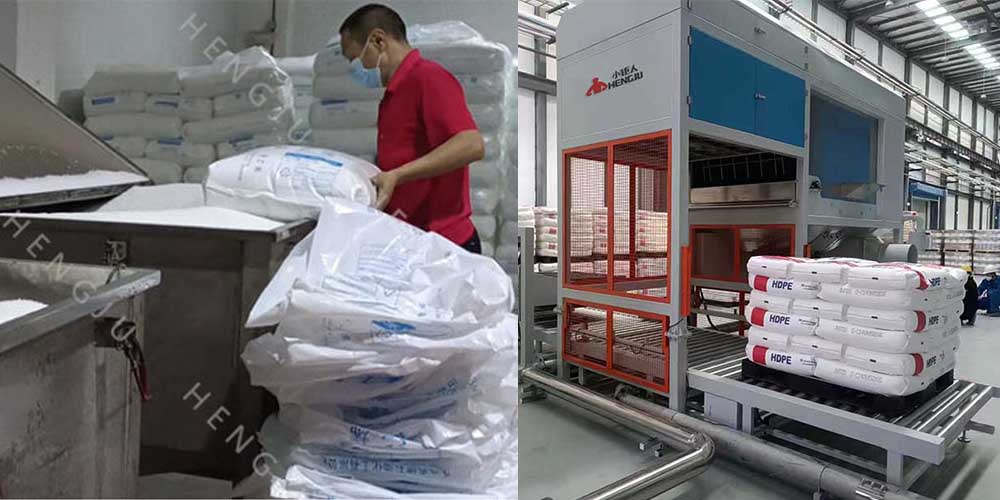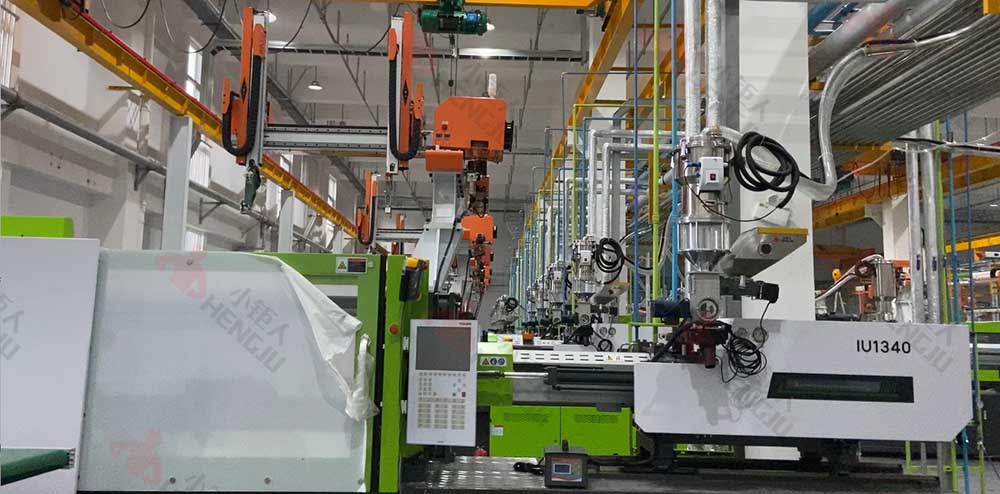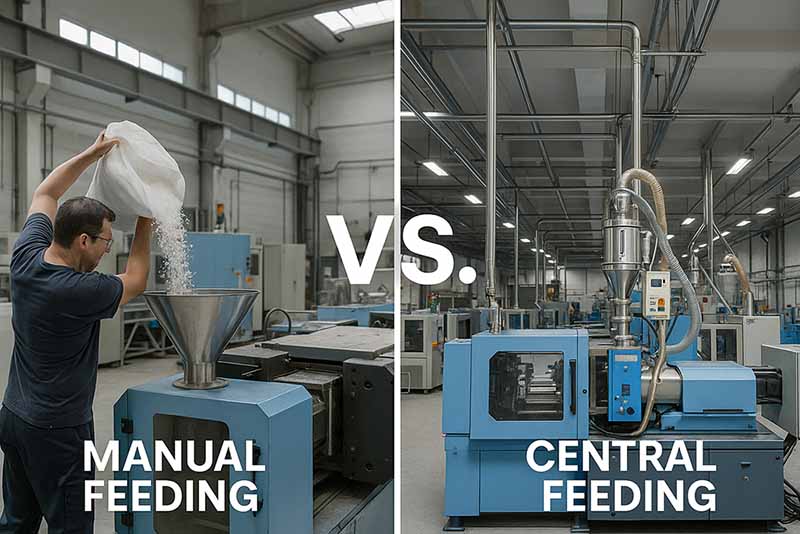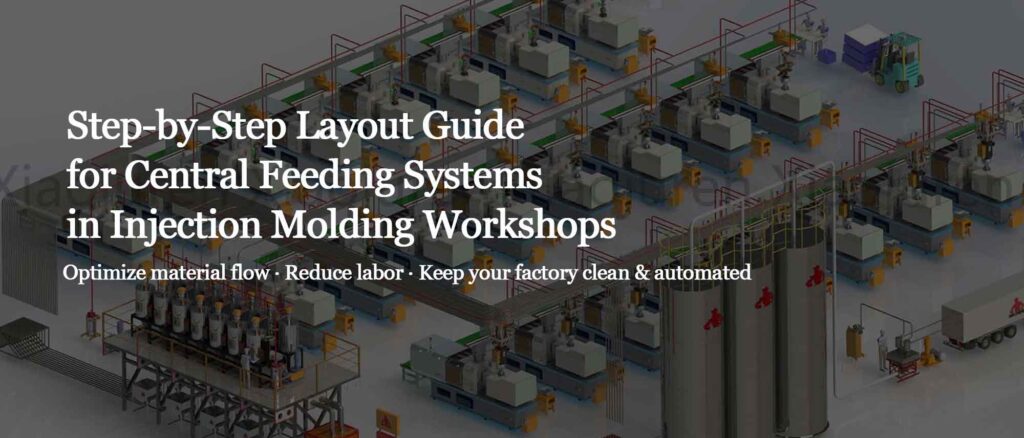How Does a Vacuum Loader Work in Plastic Production?
In modern plastic manufacturing, automating the feeding process is crucial for stable, clean, and efficient production. One essential tool used by many injection molding and extrusion plants is the vacuum loader. ✅ What Is a Vacuum Loader? A vacuum loader is a compact, automated device that transports plastic pellets or regrind material from storage containers […]
How Does a Vacuum Loader Work in Plastic Production? Read More »

